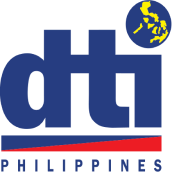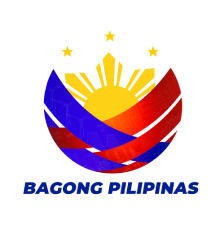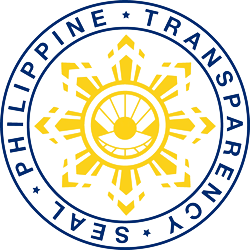FTA & GSP Negotiation Process
FTA(Free Trade Agreement) Negotiation Procedure
FTA negotiations proceed through complex and detailed procedures. In general, FTA negotiations include the following steps:


-
01
Preparation and Stakeholders Consultation
Establish the Trade Negotiation Promotion Committee
Conduct joint research through private institutions or government bodies to investigate the feasibility of the FTA and exchange opinions between both parties
Hold mandatory stakeholders consultation
-
02
Declaration of Negotiation Commencement
Trade Minister officially declares the start of FTA negotiations at a summit or similar event
-
03
Negotiation Progress : Sector-by-sector Negotiation
The timeline for negotiations varies by country, but in general, they are concluded within 1-2 years
-
04
Agreement conclusion and Initialing
Both sides complete the agreement text, and the chief negotiators (usually ministers) initial the agreement at the bottom left and right corners respectively, marking the substantial conclusion of the negotiations
-
05
Formal Signing of the Agreement
After concluding the agreement, it undergoes internal reviews and is formally signed by the president and other high-ranking officials
-
06
Domestic Ratification Procedures by Each country
The formally signed agreement is submitted to the national assemblies for approval. If there is no request for reconsideration, and once domestic procedures are completed, the agreement is published after a period defined by the agreement (typically 1-2 months)
-
07
Final Publication of the Agreement
Published FTAs include:
ATIGA ACFTA AKFTA PJEPA AJCEPA AANZFTA AIFTA PH-EFTA FTA AHFTA RCEP
GSP(Generalized System of Preference) Negotiation Procedure
The GSP was first discussed at the 1963 GATT (General Agreement on Tariffs and Trade) council meeting. It began to be adopted as a non-reciprocal preferential tariff system for developing countries at the second UN Conference on Trade and Development (UNCTAD) held in New Delhi in February 1968.


-
01
Agreement on the GSP System
Agreement on the implementation of GSP at the UNCTAD's Trade and Development Board after negotiations between developed countries and developing countries at UNCTAD and OECD
-
02
Declaration of GSP by Major Developed Countries
Japan and the United States added GSP systems in 1971 and 1976
Currently, a total of 13 GSP systems are being implemented globally by the EU, Japan, Australia, New Zealand, Russia, etc. (The UK is implementing DCTS)
*DCTS : Developing Countries Trading Scheme
-
03
Internal Legislation by Developed Countries
Each country promoting GSP regulates imports, graduation rules, and rules of origin individually
-
04
Periodic Review of GSP Eligibility
Generally, every three years, countries review the continuation of the GSP agreement based on criteria such as income level and economic development of the beneficiary countries
-
05
Application n of GSP Scheme Tariff
Internal reporting procedures are carried out after the conclusion of the negotiations, and formal signing is done by the President





